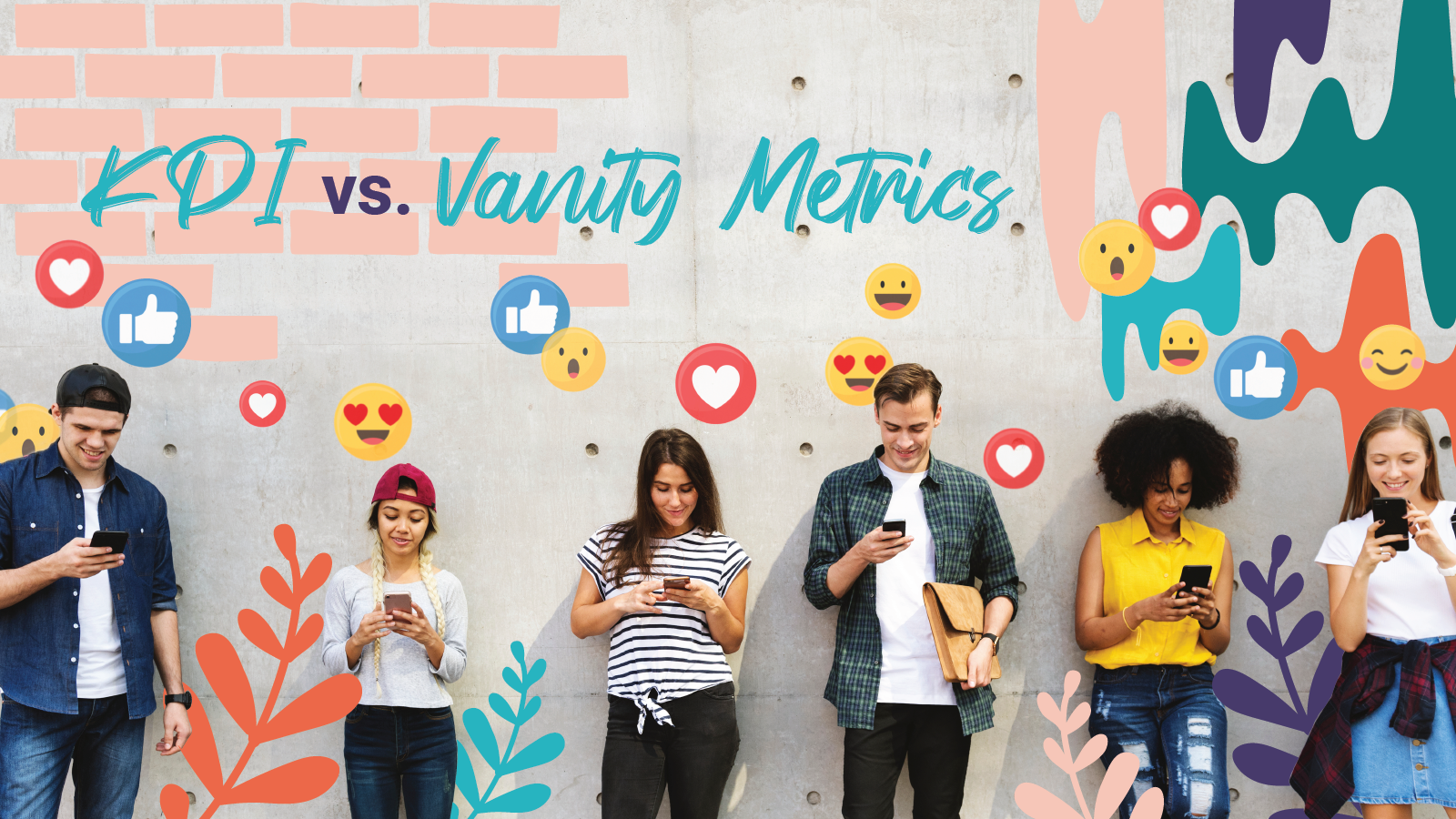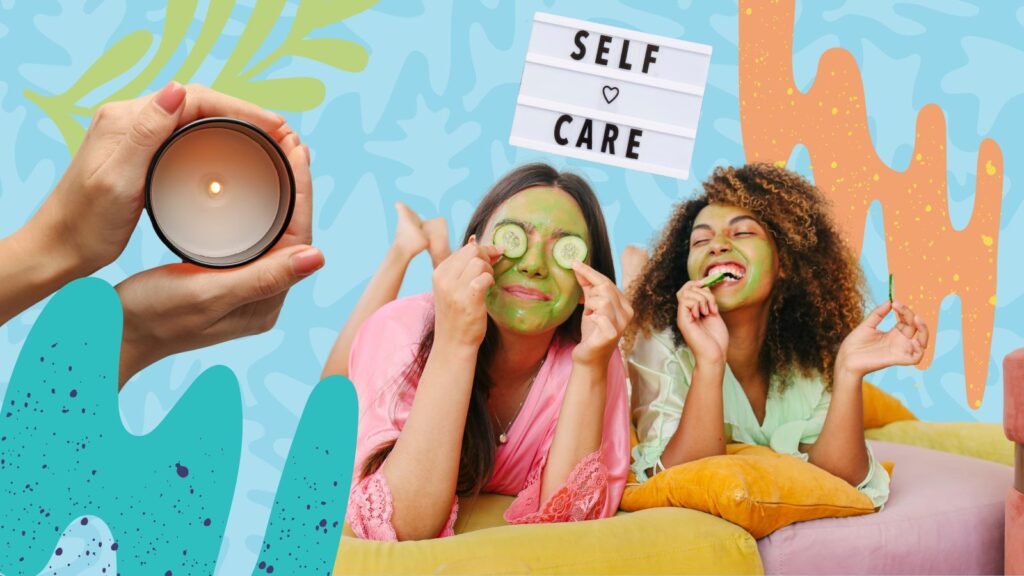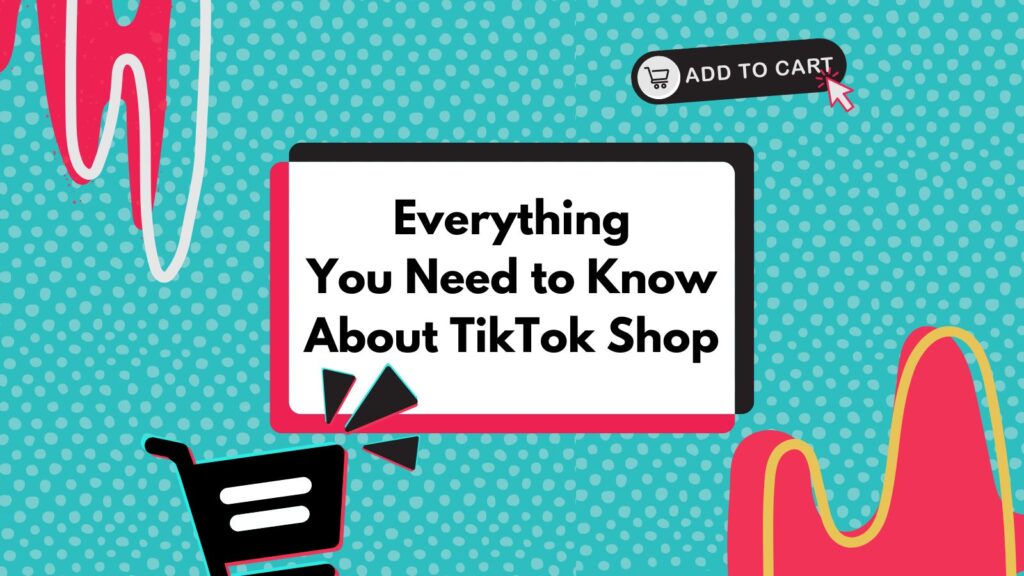We love numbers. Whether they’re cumulative engagement numbers, little lines on graphs, or slices of a data pie, we’re wild about the metrics that track our work. Our team spends a lot (like a lot) of time figuring out which metrics to track, how our tactics impact them, and whether or not posting a bunch of corgi puppies in a client’s office on their Facebook is actually good for engagement (spoiler: it is).
Maybe that’s why we’re so passionate about combatting vanity metrics. After all, no one wants to be vain. Still, its been so ingrained in all of us to look at number of followers and likes we have it tends to overshadow the metrics that truly matter.
What are Vanity Metrics?
Great question! By this point in the blog, if you don’t spend as much time as we do in data, you might be a little confused.
Vanity metrics are numbers that seem important but that don’t actually matter in the long run (more on this later). Most of the time, you’ll see these with social media, but they can pop up in other places, too.
Some examples of vanity metrics include:
- Page or profile likes
- Followers
- Follower ratios (how many accounts your profile follows vs. how many follow it)
What are Key Performance Indicators (KPIs)?
Another good question! These, only vanity metrics, are useful numbers that show how a platform is performing. We’ll dive into why these are better in a second, don’t worry.
You’ve probably heard of KPIs. Hell, your organization probably has a massive scorecard that tracks stuff like revenue, labor, and all that kinda stuff.
In the social space, KPIs include:
- Engagement rate
- Organic reach
- Social referrals
- Leads generated from social
Why are KPIs better than Vanity Metrics?
This one’s the best question so far! The answer is pretty simple.
Vanity metrics make you feel good. KPIs make sure you’re performing well.
Say, for example, that I have 5,000 followers on my Facebook profile. Well, according to Social Insider, Facebook’s average organic reach in 2023 is 8.6%. That means of my 5,000 followers, only 8.6% (or 430) will see my post unless I pay for it to be seen. Of those 430 people who see my post, only 1.4% on average will interact with it. That means of my 5,000 followers, only 6 people will like my post.
Okay, that sucks. How do I make my post more impactful? Afterall, I want people to see my content and then either comment on it, share it, click or do something to show they liked it. Well, I have two options:
- Option 1 is I get more followers. But let’s think about that. If I get, say, 1,000 more followers, then based on all that math up there, if I don’t change anything else, the amount of people who will engage with my post goes from 6 to 7. That’s only one more engagement if I get 1,000 more followers.
- Option 2 is to make my content more engaging but keep the same amount of followers. Let’s say I wasn’t including images in my posts before and now I decide to add some. Maybe that means my engagement rate goes from 1.4% to 2.4%. If we do the math for a one percent increase in engagement rate, the amount of people who engage with my post goes from 6 to 10 people. That means I get four more engagements if I focus on making my content only 1% more interesting.
What’s It All Mean?
Essentially, having a bunch of followers looks good, but at the end of the day, it doesn’t guarantee that a lot of people are going to engage with your content, which means if you’re selling something, they’re not buying. Social post views are great, but they don’t drive your business. If you increase how engaging your content is, people are going to want to interact with it, and that means they’ll be interacting with you.
So while it might look nice to tell a client that they gained 1,000 more followers, we know that doesn’t really matter for sales goals. What does matter is how engaging their content is, which we can measure through KPIs like engagement rate, referrals to the website from social, and all the things we listed up there.
Long story short, next time you look at your social report, it’s probably not worth worrying about losing three followers. How’s that engagement rate doing? What about the other KPIs? They’re what are going to bring you success in the long run.
Oh, and if you need help figuring out how to increase that engagement rate by one percent or even more, we know a team that can help.









